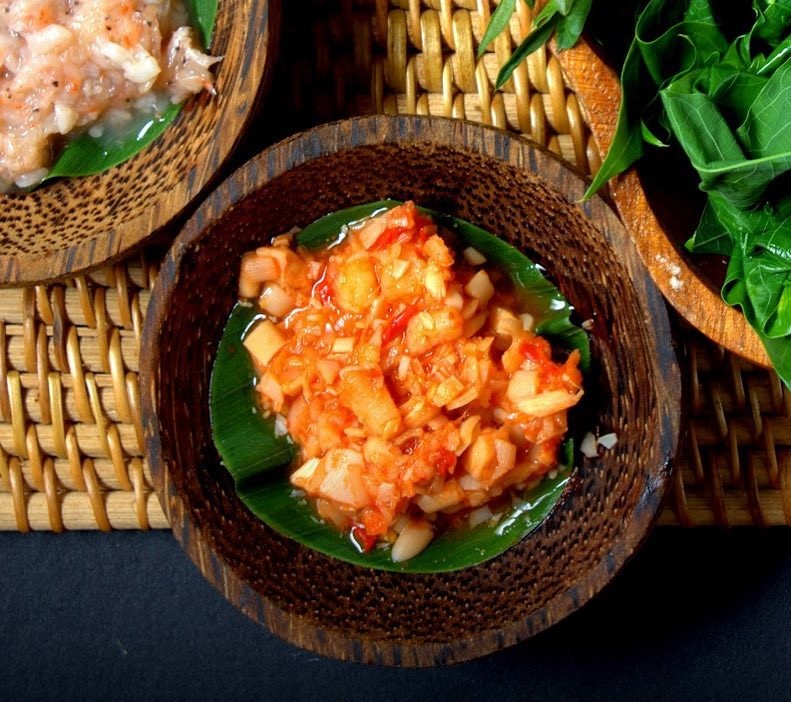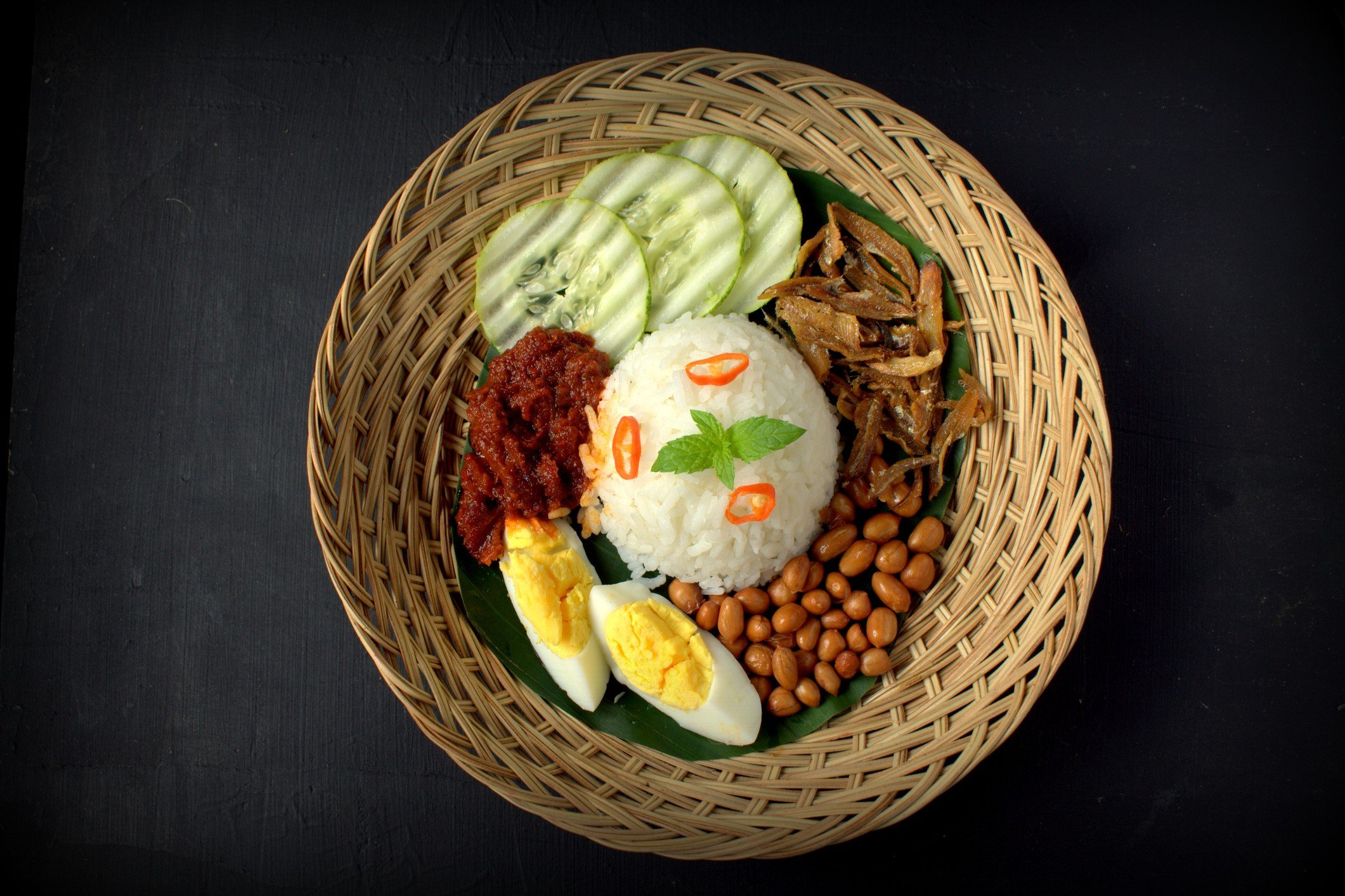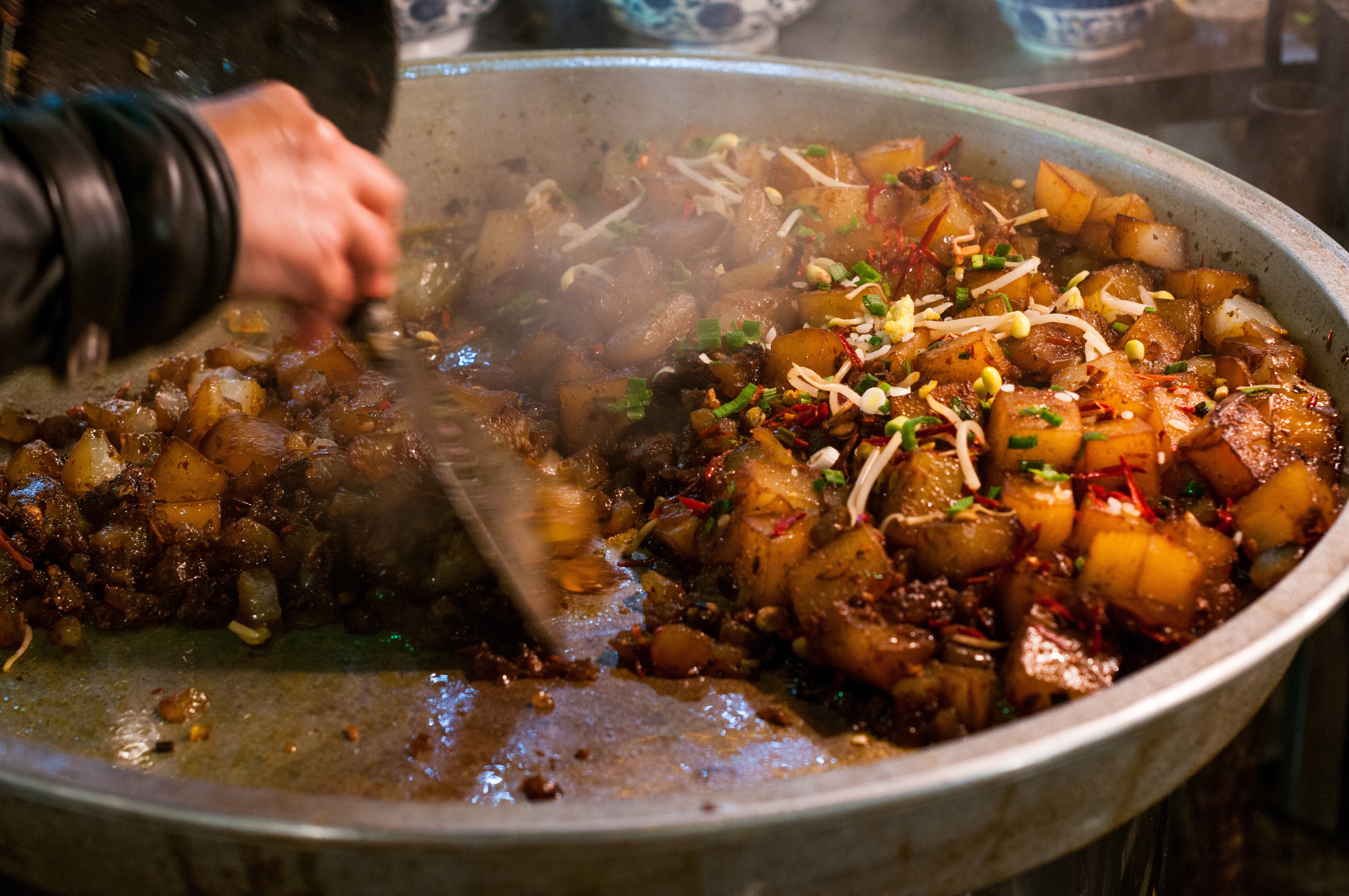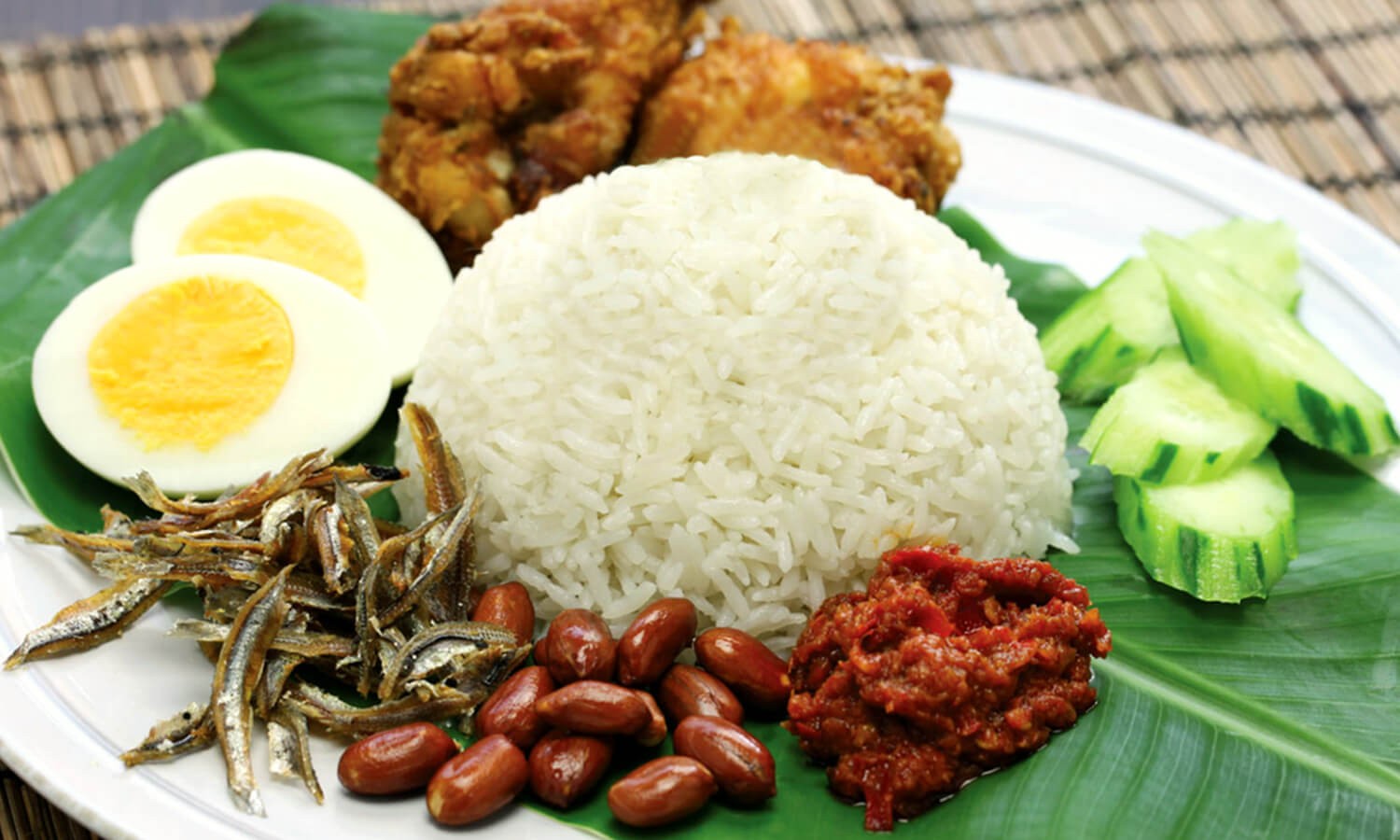Century eggs: How are they really made, and where are they from?
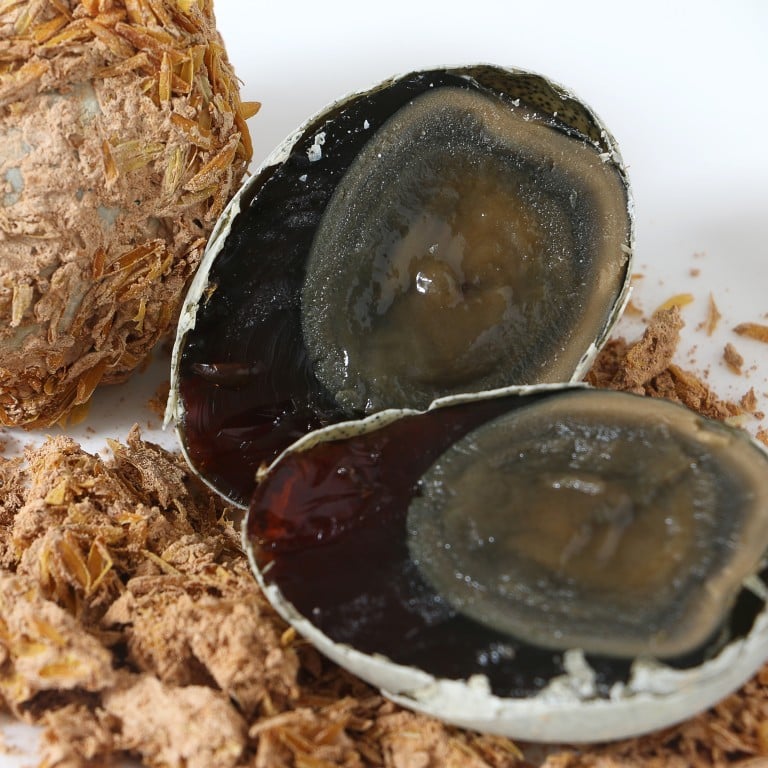
The preserved egg is served in the most humble of establishments through to restaurants with three Michelin stars. Here’s how to spot a quality one
Considered a delicacy in Hong Kong, preserved eggs would not win an award for visual appeal, with their translucent dark exterior that has a jellylike texture, and a greenish-black oozing yolk with a hint of ammonia. James Corden, host of The Late Late Show with James Corden, frequently uses these eggs in his “Spill your guts or fill your guts” segment, threatening to feed them to his guests if they don’t answer personal questions.
Also known as century egg, hundred year egg, thousand year egg, skin egg and black egg, the preserved egg is served in the most humble of establishments through to restaurants with three Michelin stars
What Corden doesn’t know, however, is that when the eggs are of good quality they taste absolutely delicious.
Also known as century egg, hundred year egg, thousand year egg, skin egg and black egg, the preserved egg is served in the most humble of establishments through to restaurants with three Michelin stars.
They also have a history dating back to the Ming dynasty, most likely originating in Hunan. “In China, methods have been developed to preserve eggs in such a way as to cause chemical and physical changes in both egg white and yolk, imparting a new flavour … the earliest known description of an egg preservation method is that of Wang Zizhen during the Ming dynasty,” wrote Hou Xiangchuan in his article Hunger and Technology: Egg preservation in China, for the Food and Nutrition Bulletin, a peer- reviewed academic journal.
A common misconception is that the preservation method originally involved horse urine
Like many foods or dishes with a long history the origin of preserved eggs is said to be accidental. There are several variations. One tells the tale of a discovery of duck eggs by a homeowner – in a shallow pool of slaked lime used for mortar two months after construction – who decided to taste them. Another involves a man who accidentally spilled his tea with tea leaves in the ash where his ducks laid their eggs. On cleaning the ash later he found some eggs he had previously missed, and decided to try them. Most variations agree that on trying them the discoverer thought the flavour would be improved with the addition of salt.
A common misconception is that the preservation method originally involved horse urine. Interestingly the direct translation of the name for the eggs in Thailand and Laos is “horse urine egg”, most likely due to the associated ammonia smell.
Traditional preservation methods involving raw eggs, ash, salt, slaked lime, clay and rice husks, are still practised. However, with more understanding of the chemistry behind the process, there have been simplifications, which achieves the same result in weeks instead of months.





